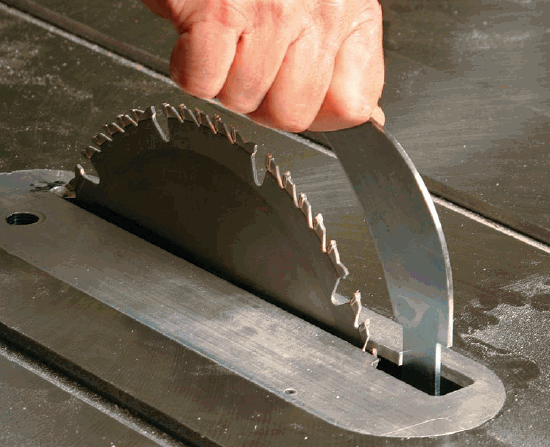
You may have heard the news back in 2007 that riving knives, which help to prevent tablesaw kickback, were becoming a standard feature on all new models released by 2008. The decision, set in motion by Power Tool Institute (PTI), and mandated through the cooperation of Underwriters Laboratories (UL), also requires these knives to be incorporated into all existing product lines by January of 2010.
The change was seen fairly quickly in the woodworking community (read FineWoodworking.com’s review of cabinets saws witih riving knives), but the portable tablesaw market was a bit slower.
Well, the folks at Bosch — who built a new portable table saw that adopted the new standard as soon as it was announced — are finally starting to see some other contenders. In the last few months or so, Ridgid and Makita have released their own portable saws complete with modern riving systems, and others have snuck in under the radar with retrofits to their existing models.
Check out the latest Tool Hound video, featuring the limited run Ridgid portable table saw, and learn the causes of kickback, how a riving knife helps keep you safe, and some shopping tips to help you choose a quality riving knife.
Before I go, I’ve got a question for you? When it comes to tablesaw safety, who should take the lead users or manufactures or both?
Fine Homebuilding Recommended Products
Fine Homebuilding receives a commission for items purchased through links on this site, including Amazon Associates and other affiliate advertising programs.

Reliable Crimp Connectors

Affordable IR Camera

Handy Heat Gun
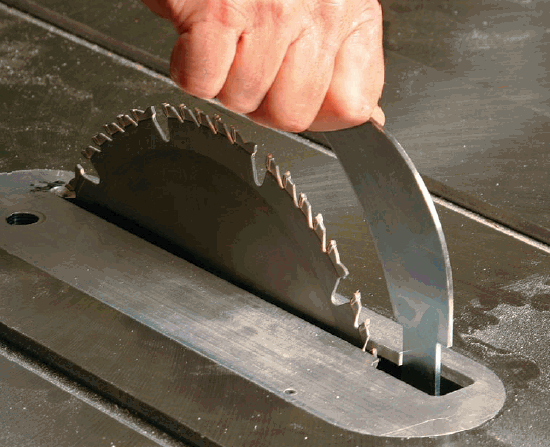
Why you should consider a riving knife on your next tablesaw. Watch the video...
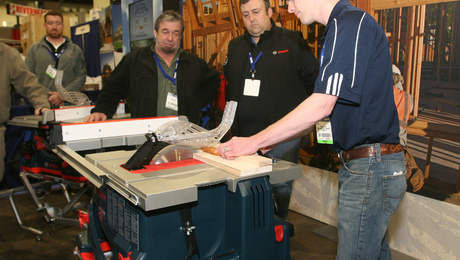

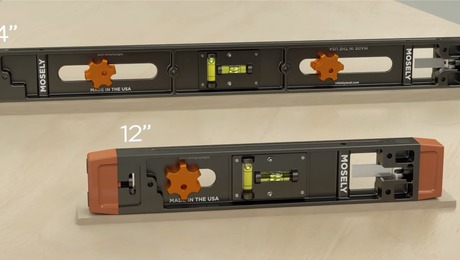
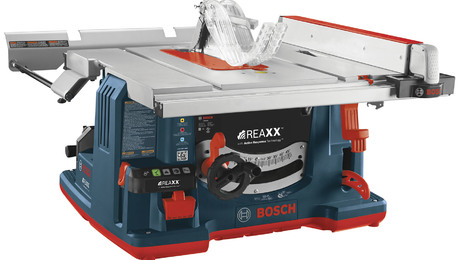



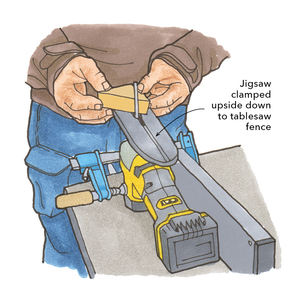


















View Comments
The new Bosch guard system is great but am very disappointed they don't have a retrofit for their recent models.
The Bosch 4100 model is a well thought out tool.
Aside from the safety features - which are great - the fence is refreshingly reliable for smooth, accurate cuts.
Highly recommended.
I picked up teh Makita, and so far so good. The riving knife is easity adjusted to 3 different settings -- great feature.
Riving knives might be ok for portable saws that are often used strictly on jobsites to fit filler pieces of trim or lumber, but for shop woodworking they are really in the way. When making scoring cuts or dadoes the knife has to be removed. Use an auxillary hold down above the work piece to keep it tight to the table and square to the blade. It is never in the way. Requiring this to be added to new models only makes for more accidents with user carelessness. Ultimately the end user is responsible for "reading and understanding powertools and shop safety", to quote Norm.
Requiring a riving knife and the ultimate hole that it creates behind the blade, only makes me make my zero clearance insert that much faster!
I'm surprised to hear you say that, Jarvis. Most riving knives have two positions, one for through cuts, and another (lower position) for buried cuts such as dadoes, rabbets, and the scoring cuts you mentioned in your note.
I think is is great that these are being recognized as a valuable safety item, on my 1960's powermatic, has a place for one behind the blade. The one installed might be a retrofit, not stock. I keep it off most of the time (deep cuts and dattos) and use it mostly when making long tapered miters to keep the blade from scoring the cutoffs.
I hope that because the standards are being mandated via Power Tool Institute (PTI), and Underwriters Laboratories (UL), that they don't make them so idiot/home owner proof that they are attached in such a way that professionals cant remove them.
Some times this safety stuff goes way too far.
We are adults, can read and don't always need someone else mothering over us. LOL
Davis Jarrett, A true riving knife is designed to be unobtrusive and not to be removed. I can't think of any table saw operation that can't be performed with a riving knife attached. Properly designed riving knife mechanisms place the top of the riving knife below the top of the blade and they have their bracket mounted on the saw carriage and are raised and lowered with the blade.
Link doesn't work on your riving knife video